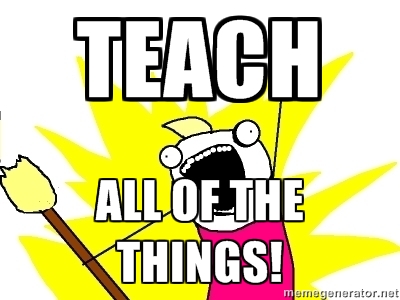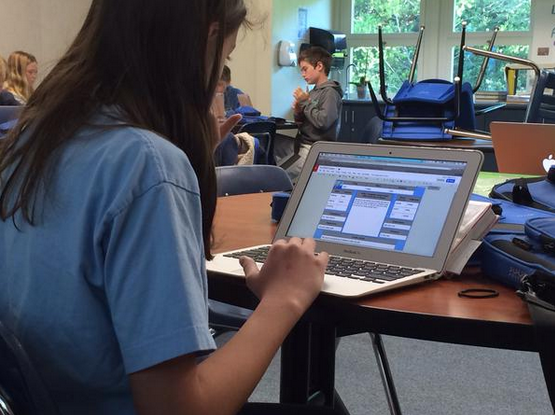During the tour, I asked the guide why they had the grapes growing on the hillside instead of on the flat adjacent field. He explained that if the grapes were planted in ideal soil, they would never develop the kind of flavour they needed to make truly great wine.
It turns out that struggle produces a wine with far more character and depth, and so the vineyard manager purposely plants them in soil that isn’t perfect.
As teachers, our goal is similar to a winemaker’s: we want students with character who are willing to engage in academic struggle without giving up. So we create interesting and complex tasks to be completed during class.
However, for most subjects there is more to learn than can fit into class time, so teachers begin assigning homework, and that creates a different kind of struggle. Perhaps the struggle for students is because the homework material is far more complex than the examples given in class. Perhaps it’s a struggle between the student and his parents over how much time and effort goes into it. And perhaps it’s a struggle to get the specific letter or number applied to that homework to measure effort and learning.
As teachers, it is our job to create all of our assignments to have some level of struggle. But the art in being a teacher is not only about creating struggle, it’s also about creating a place where struggle is accepted and even desired. Creating a classroom where students feel heard, supported, and valued is the right kind of environment for them to be open to challenge. In fact, struggle is essential to learning. Struggle builds connections from new information to long-term memory, and those connections are essential for learning retention.




 RSS Feed
RSS Feed
